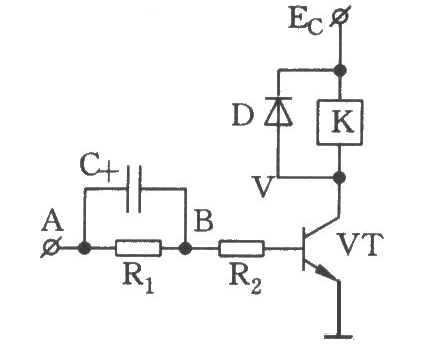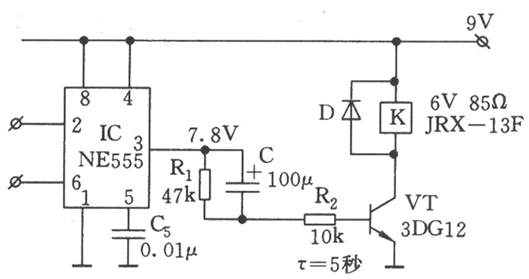How to Reduce the Power Consumption of the Relay
We all know that the relay pull-in current is larger than the hold current after the pull-in. If the relay is designed in consideration of this characteristic(that is, the operating current is reduced after the relay is pulled in), the purpose of reducing the power consumption of the relay can be achieved as long as the pull-in state can be reliably maintained.

Picture 1
As shown in Picture 1, the base of the driving transistor of the relay is connected with a resistor R1 and a capacitor C. When the control level is injected from point A, the voltage across the capacitor C cannot be abruptly changed, which is equivalent to the loss of the control level of the point A injection. It is supplied to the base of the triode to drive the relay to pull in. When the voltage on the capacitor C is full, the control level is limited to R1 and then supplied to the base of the transistor, and the current of the driving relay is correspondingly reduced to maintain the pull-in, thereby achieving the purpose of reducing power consumption.

Picture 2
Let’s take a look at Picture 2. This is a circuit that provides control levels from a 555 time base circuit. When the 3 pin of the 555 circuit is flipped from a low level to a high level, since the voltage across the capacitor C cannot be abruptly changed, the injection current obtained by the triode VT is (VA-0.7V)/R2. After that, C charges through the R2 and triode eb junctions, and the VB voltage drops. When C is full, VB=VA-VC, the current Ic flowing through the relay is reduced close to releasing current due to the decrease of the base current Ib of the triode, and the relay will complete the low power dimension.
This article is from Allicdata Electronics Limited. Reprinted need to indicate the source.

